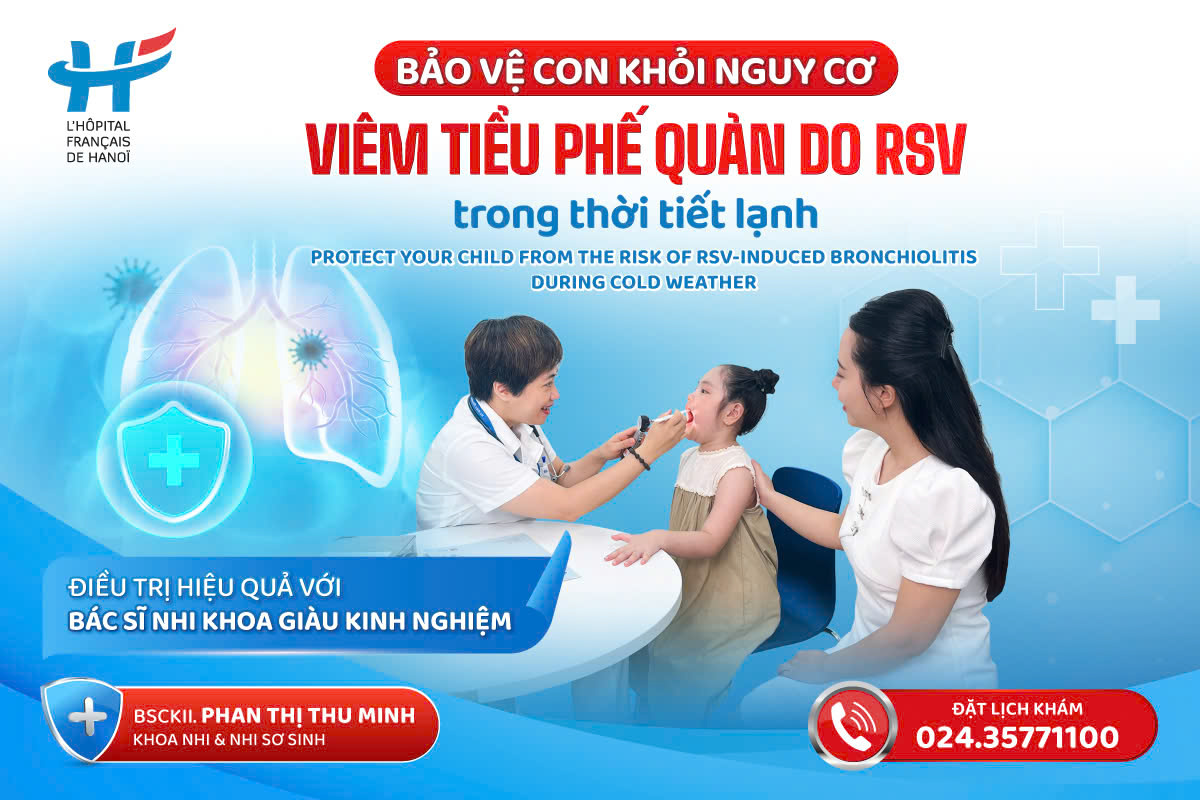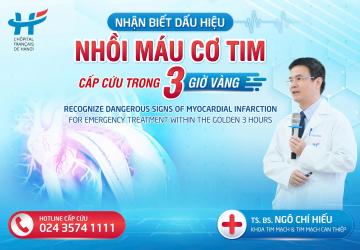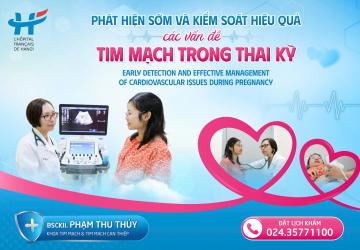News - Thu, 01/09/2025 - 15:50
PROTECT YOUR CHILD FROM THE RISK OF RSV-INDUCED BRONCHIOLITIS DURING COLD WEATHER
Last update 01/09/2025 - 15:50

Bronchiolitis is an acute viral infection of the lower respiratory tract, causing inflammation and mucus buildup in the small airways (bronchioles) of the lungs. This results in airway narrowing, making it difficult for children to breathe.
According to Dr. Phan Thi Thu Minh, a pediatrician at Hanoi French Hospital (HFH): “Bronchiolitis is a common condition in children, particularly those under 2 years old. At this age, their immune systems are still immature, and their smaller airways are more prone to blockage compared to older children. As a result, younger children are more likely to develop bronchiolitis and may experience more severe symptoms when infected.”
Acute bronchiolitis in children can be caused by various viruses, including:
- Respiratory Syncytial Virus (RSV): The majority of bronchiolitis cases (30-50%) are caused by RSV. This virus thrives in cold, humid conditions and can easily spread, leading to outbreaks.
- Influenza Virus: Responsible for approximately 25% of cases.
- Adenovirus: Accounts for about 10% of cases.
- Other viruses: Such as Parainfluenza Virus and Rhinovirus.
Dr. Minh explains that after infection, the virus replicates and spreads within the child’s body, initially causing an upper respiratory tract infection (affecting the nose, mouth, and throat). It then progresses to the trachea and lungs, leading to swelling and inflammation of the airways. In some cases, it can even destroy cells lining the respiratory tract.
The early symptoms of bronchiolitis in children closely resemble those of a common cold, such as nasal congestion, runny nose, mild cough, and a slight fever (or no fever). These symptoms typically last 1-2 days. Subsequently, the child’s condition may worsen with symptoms such as:
- Frequent, severe coughing;
- Vomiting during coughing episodes;
- Wheezing or abnormal breathing sounds;
- Rapid breathing;
- Labored breathing, including visible chest retractions or head bobbing in infants;
- Bluish or pale lips and fingertips;
- Fatigue;
- Poor feeding and dehydration.
Symptoms often peak on the second or third day of illness and may persist for 7-10 days. Coughing can linger for 3-4 weeks.
If a child experiences difficulty breathing or feeding, they should be hospitalized for treatment. In the hospital, the child’s symptoms will be closely monitored, and oxygen therapy may be provided if necessary. Adequate hydration will be ensured through oral or intravenous fluids. Antibiotics will be administered only if there is evidence of a secondary bacterial infection.
At Hanoi French Hospital, treatment plans are developed by internationally trained and experienced pediatricians. Modern equipment is available 24/7 to support doctors in all situations, ensuring the highest level of safety for children. For home care, parents will receive detailed guidance from the doctors on warning signs to monitor, helping them adjust care promptly to speed up recovery.
Additionally, doctors provide comprehensive preventive advice, from basic measures like regular handwashing with soap to in-depth consultations on vaccines that offer long-term protection for children.
For more information or to schedule an appointment with our pediatric specialists, please contact us via HOTLINE 024.35771100, message our Fanpage "Hanoi French Hospital," or connect with us on Zalo OA at zalo.me/2008009049335817955.



